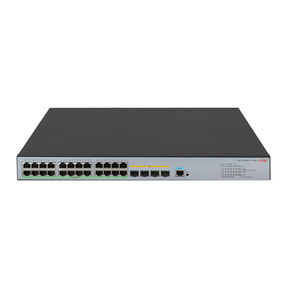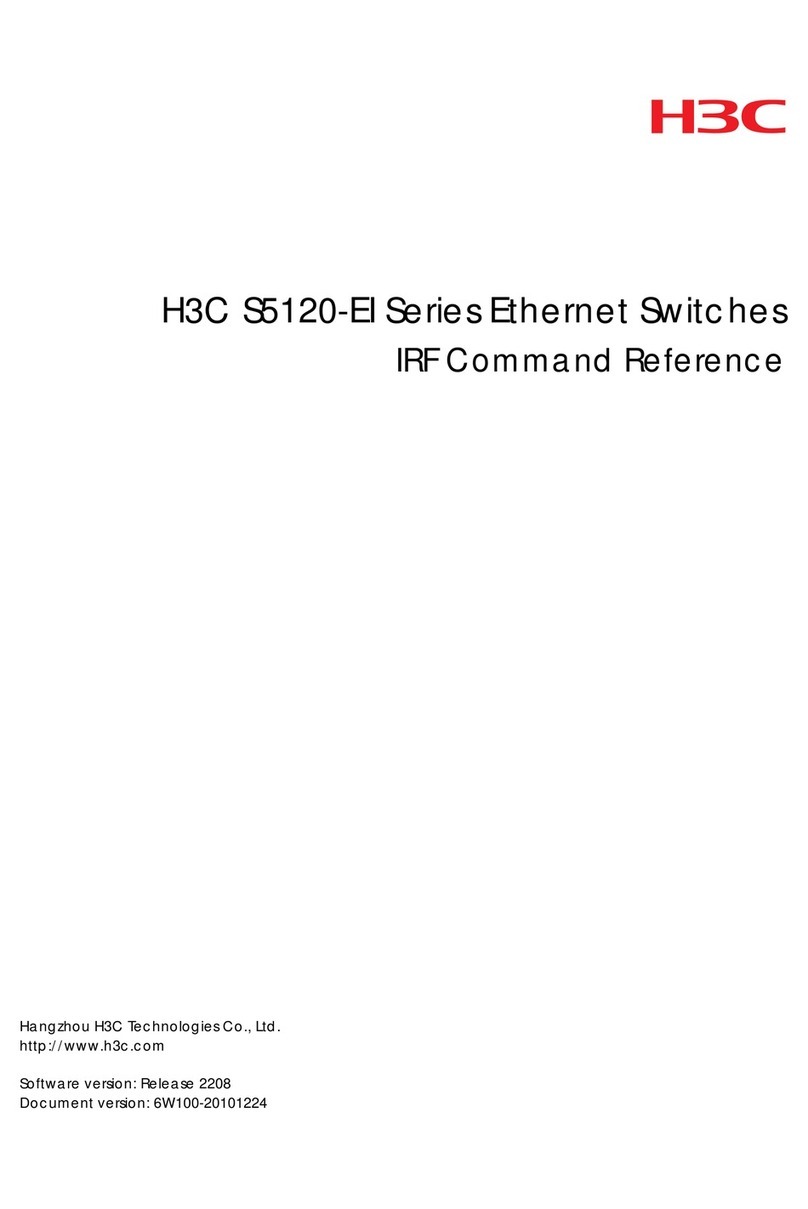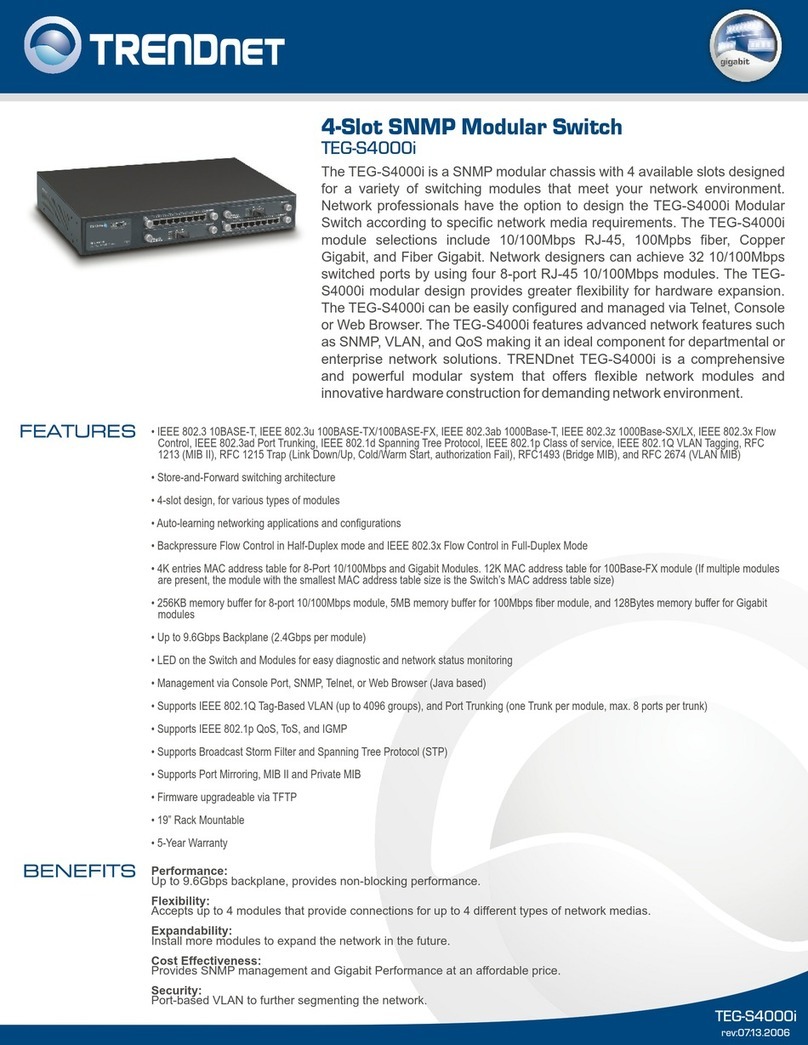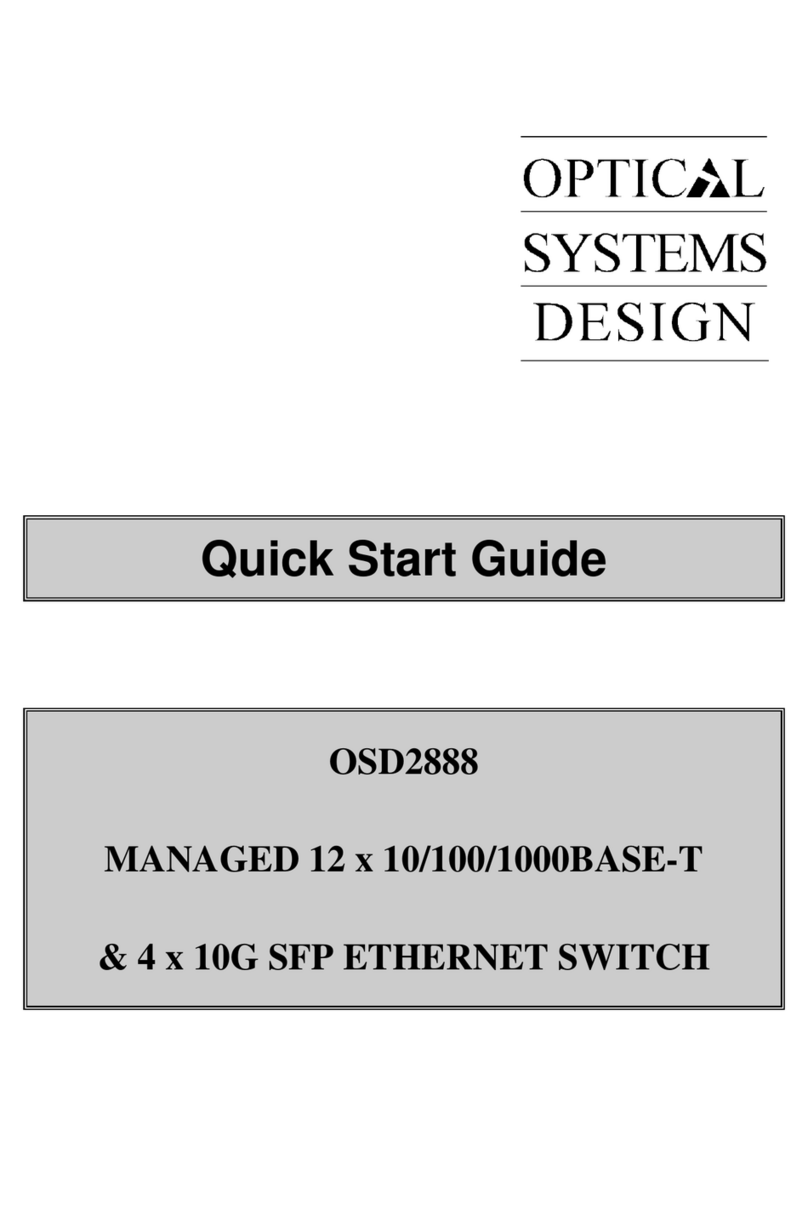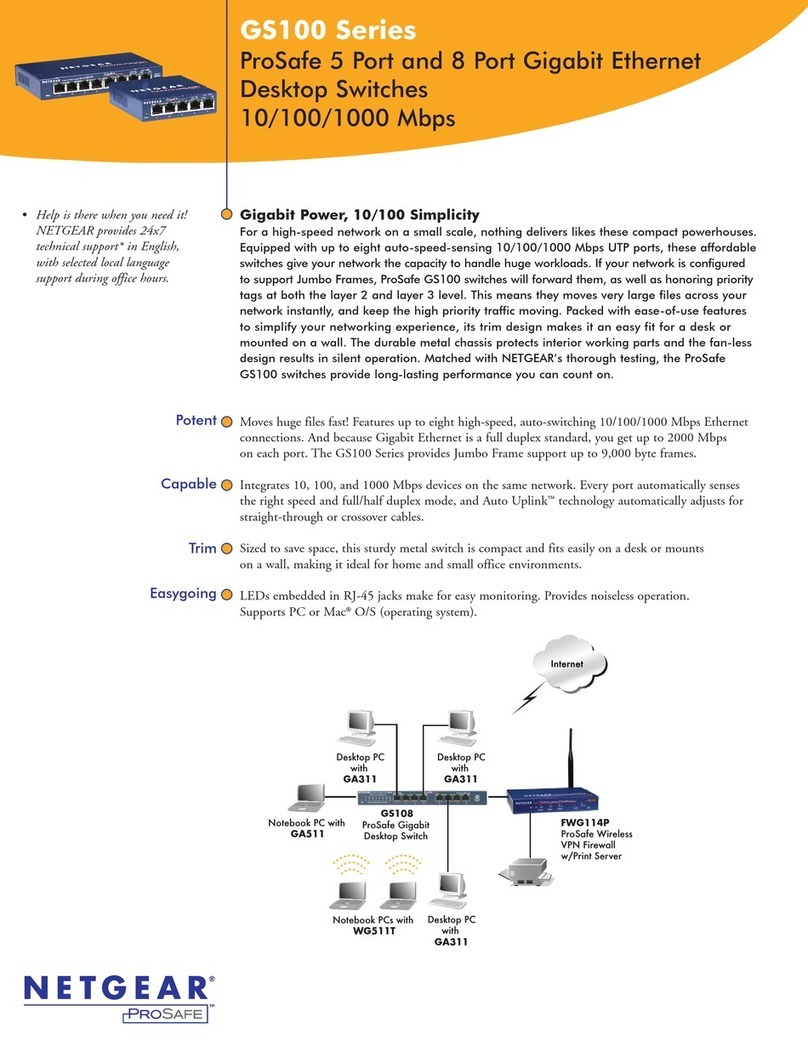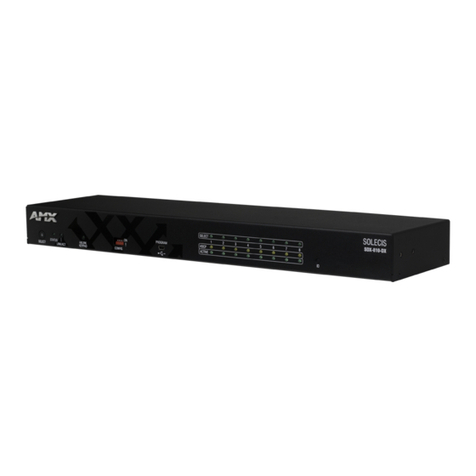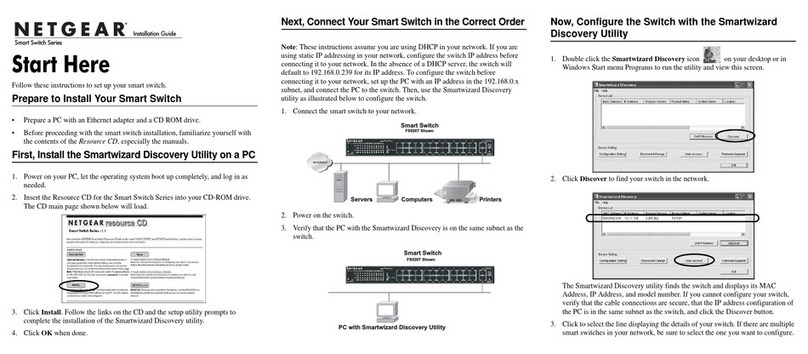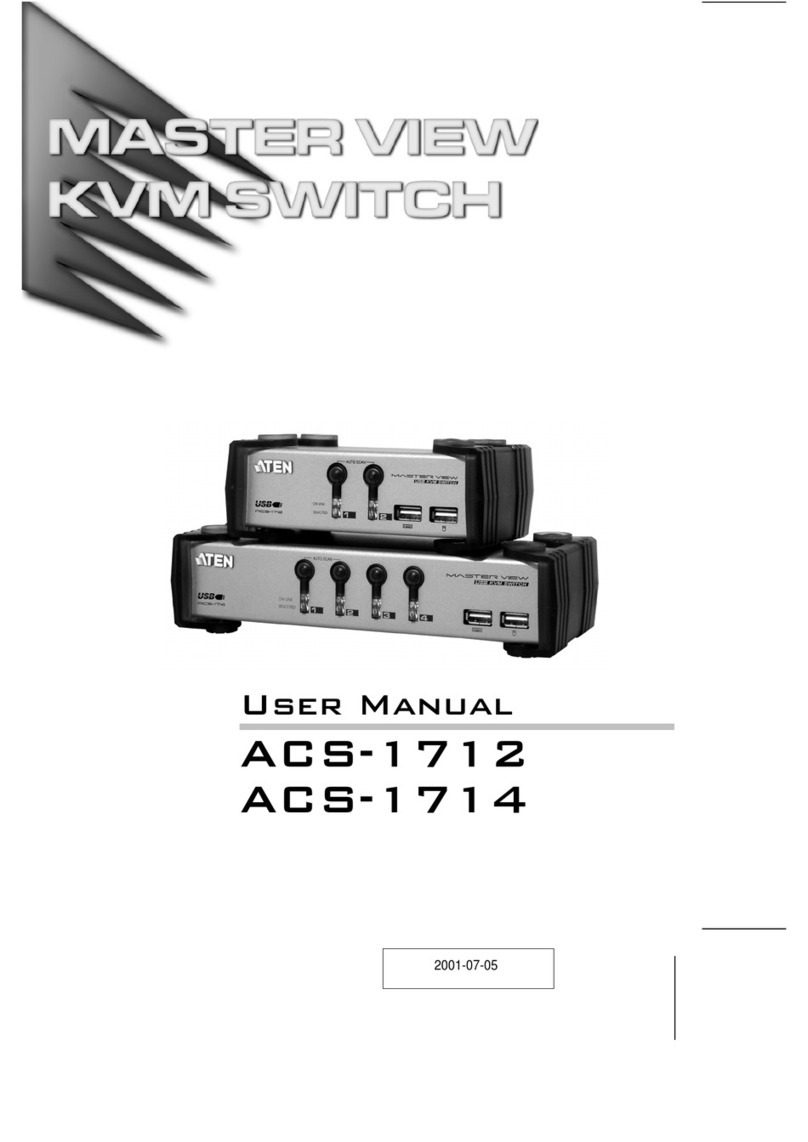H3C S7500X Series User manual














Other manuals for S7500X Series
5
Table of contents
Other H3C Switch manuals

H3C
H3C S5500-28C-EI User manual
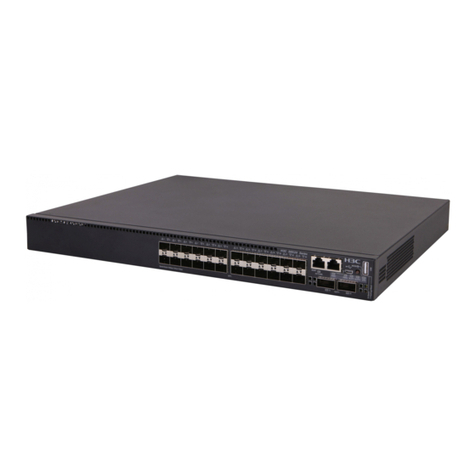
H3C
H3C S5560X-HI Series Installation manual

H3C
H3C S12500X-2L User manual

H3C
H3C S7500X Series User manual

H3C
H3C H3C S7500E Series Installation manual

H3C
H3C S5500-EI series User manual
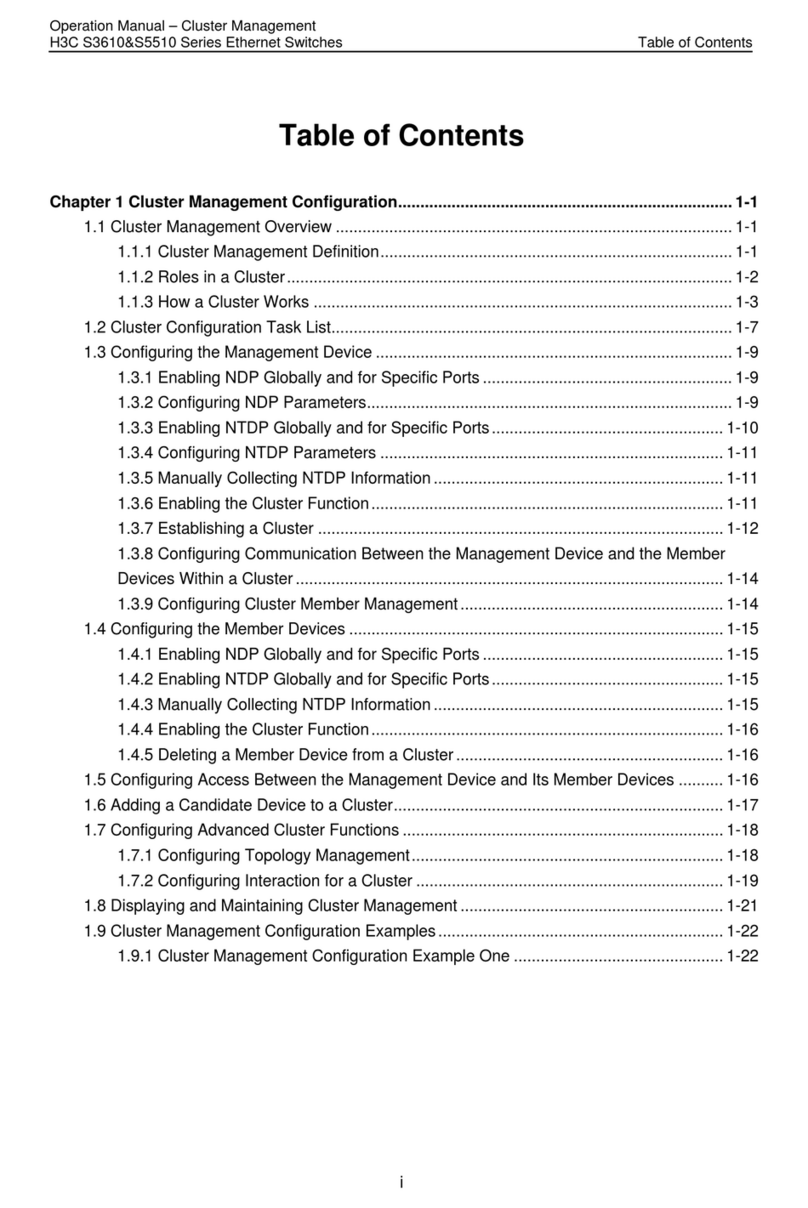
H3C
H3C S5510 Series User manual

H3C
H3C SECPATH 5080F-CMW710-R9628P2414 How to use
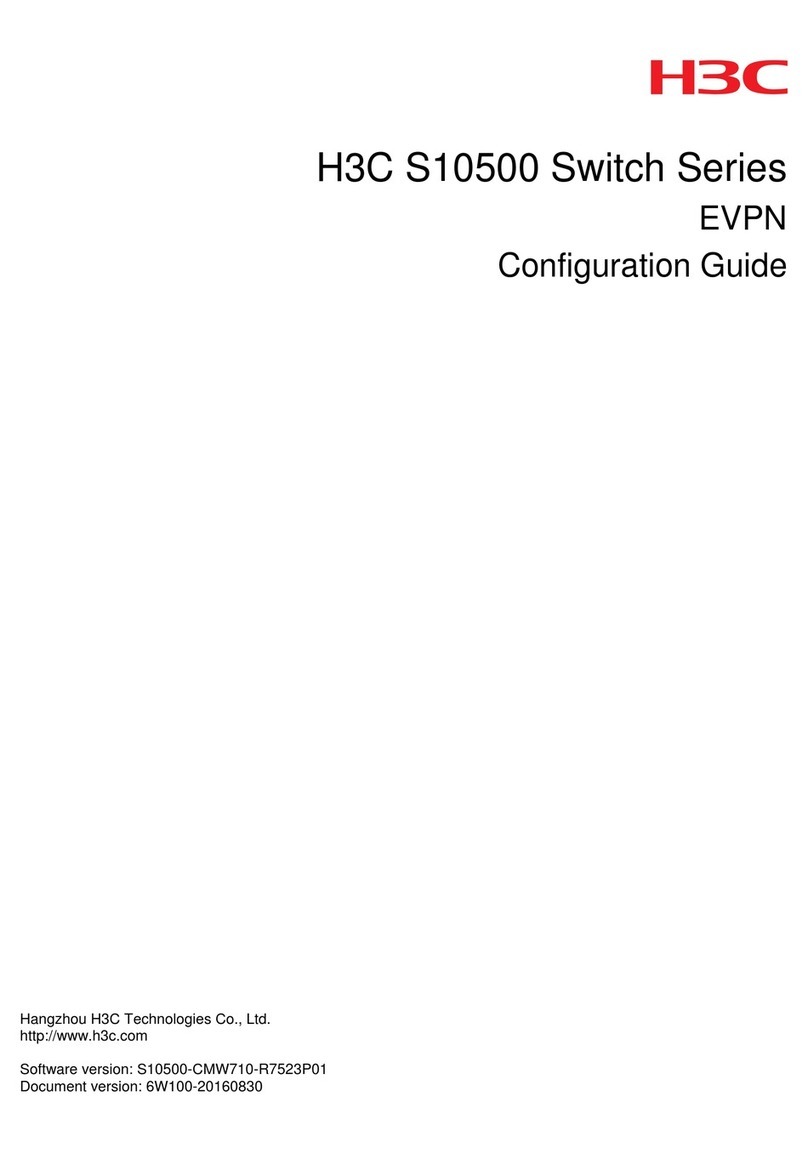
H3C
H3C S10500 Series User manual
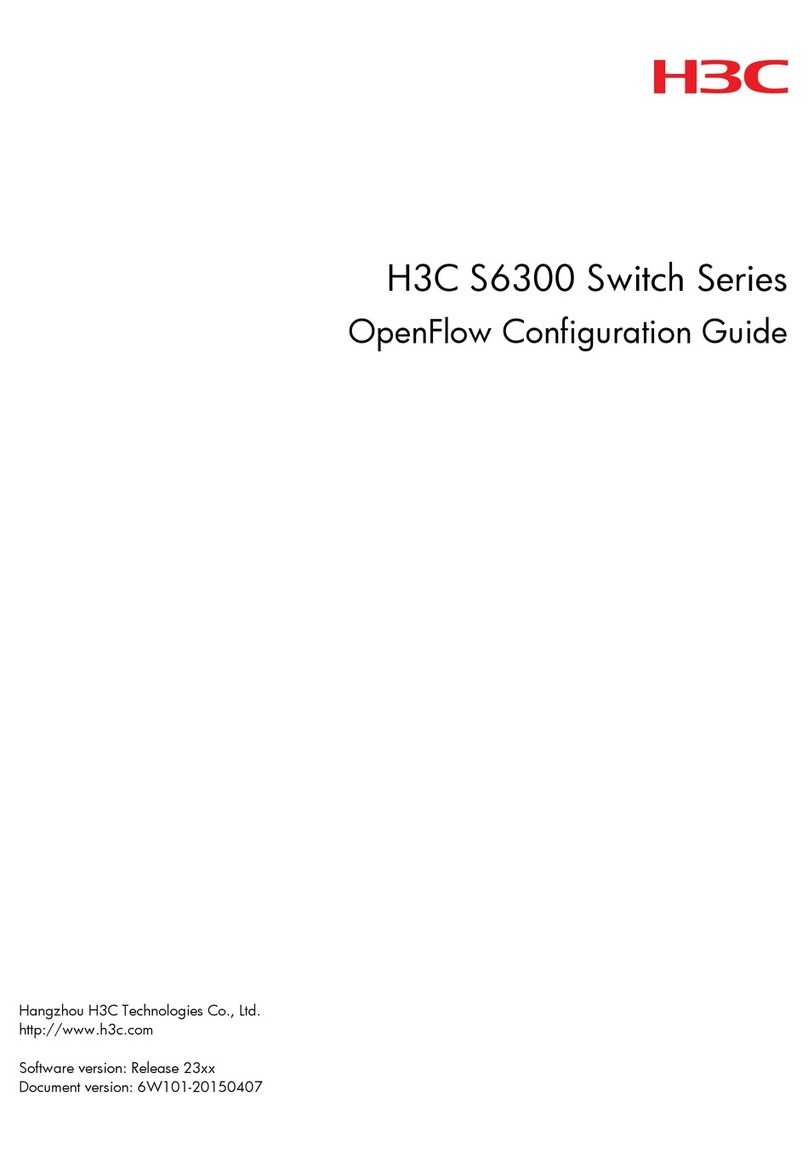
H3C
H3C S6300 Series User manual
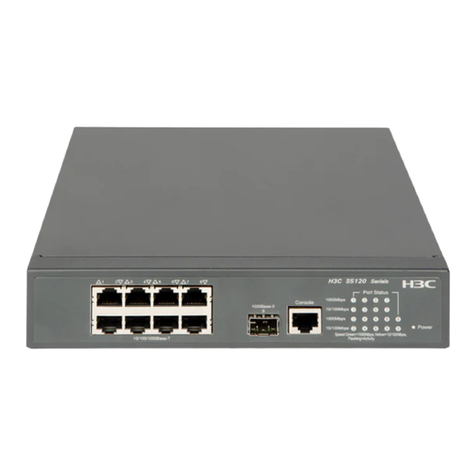
H3C
H3C S5120-SI Series User manual

H3C
H3C S5820V2H User manual
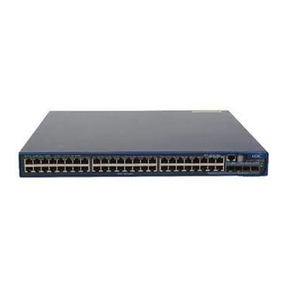
H3C
H3C S5120-EI Series Installation manual
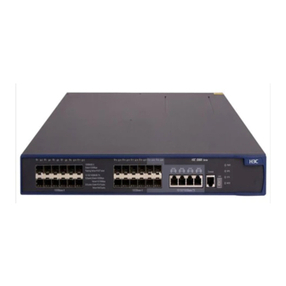
H3C
H3C H3C S5600 Series User manual
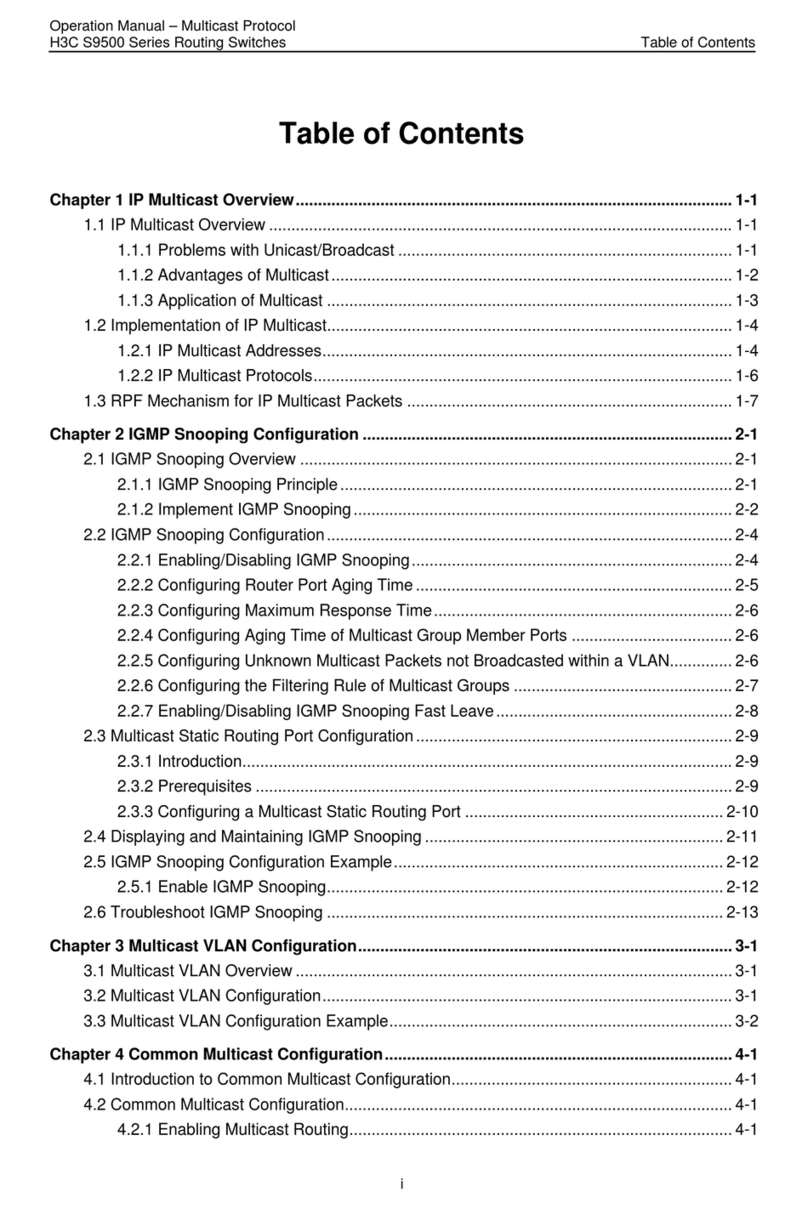
H3C
H3C S9500 Series User manual
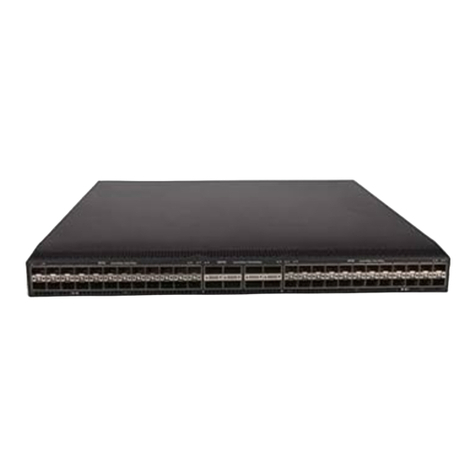
H3C
H3C S6820-56HF Operating and maintenance manual
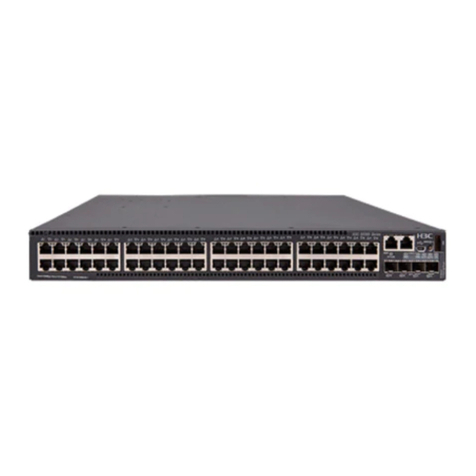
H3C
H3C S5800-EI Series User manual
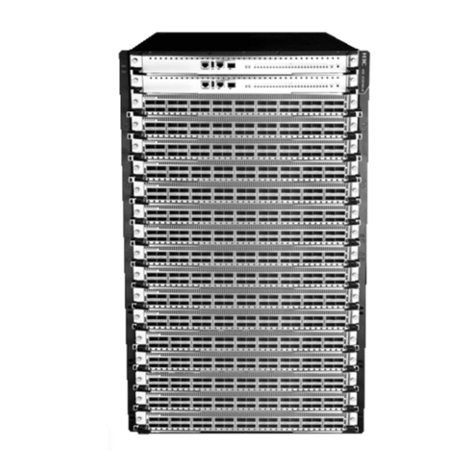
H3C
H3C S12500G-AF Series User manual

H3C
H3C S6850-56HF Operating and maintenance manual
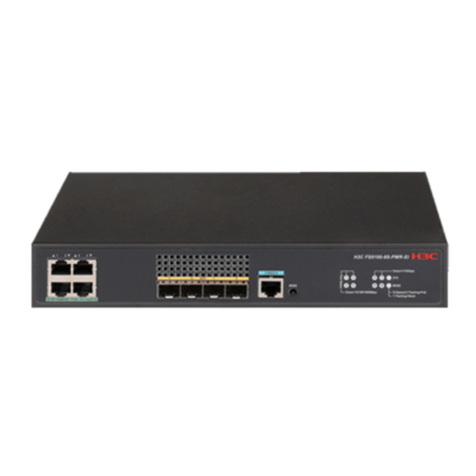
H3C
H3C E500C-F Series User manual
Popular Switch manuals by other brands
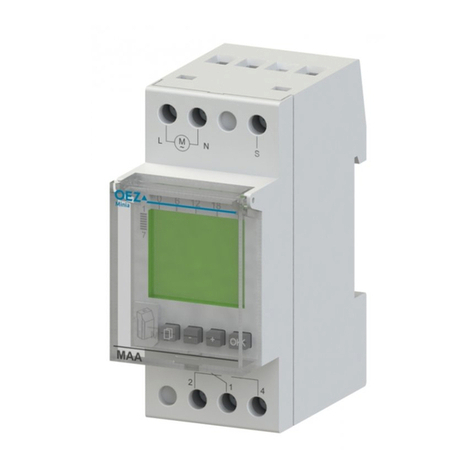
OEZ
OEZ MAA-D16-001-A230 Instructions for use
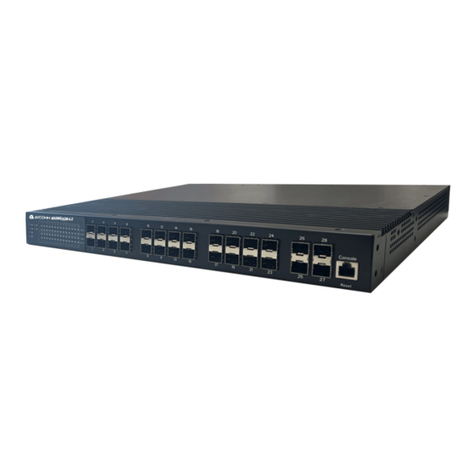
AVCOMM
AVCOMM 8028GX28 Quick installation guide
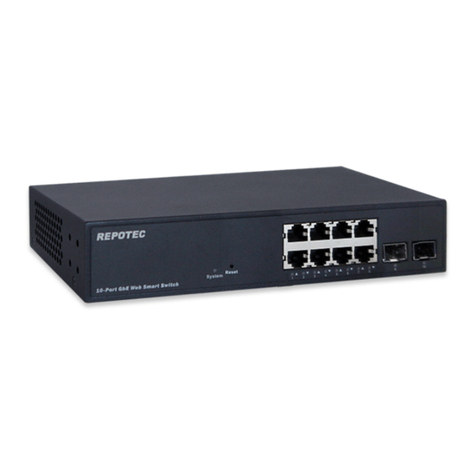
Repotec
Repotec RP-G1510W Quick Installation and Initial Configuration
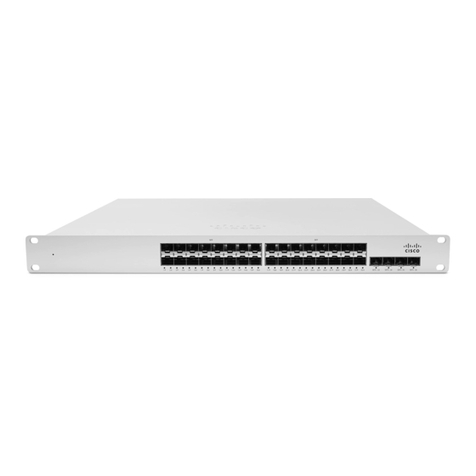
Cisco
Cisco Meraki MS410 Series installation guide
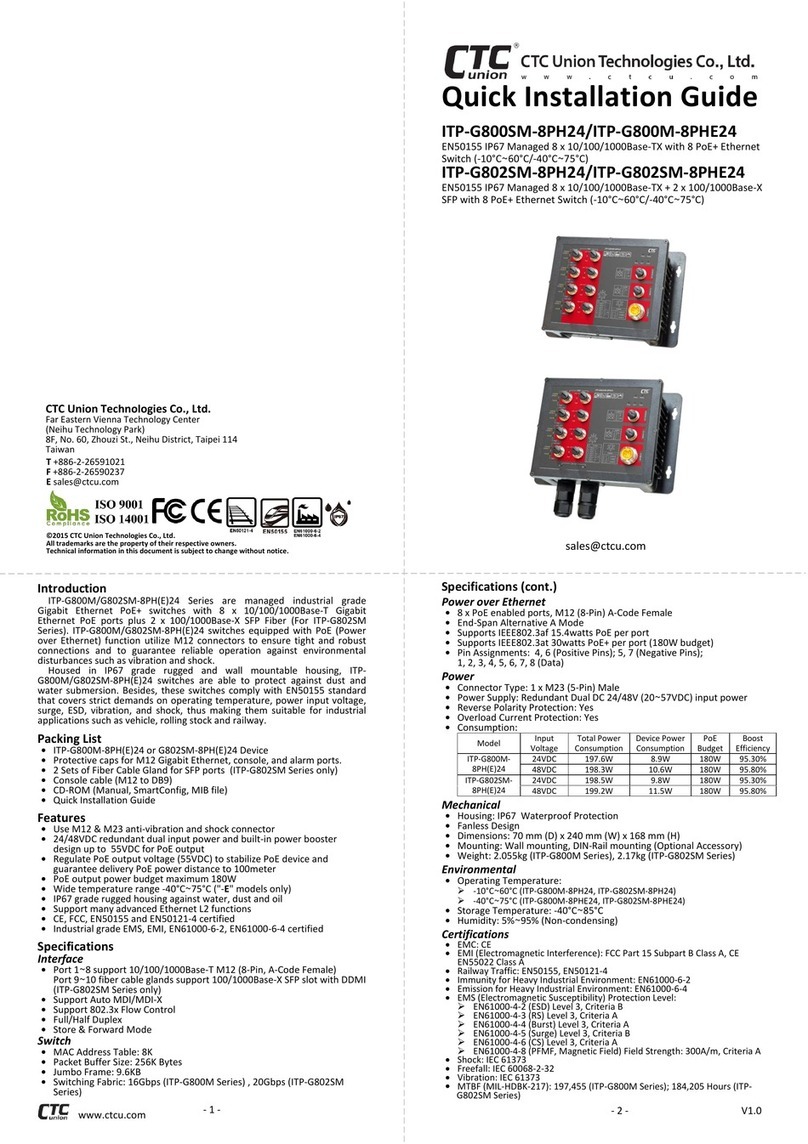
CTC Union
CTC Union ITP-G800SM-8PH24 Quick installation guide

IOGear
IOGear MiniView SE GCS82A installation manual
